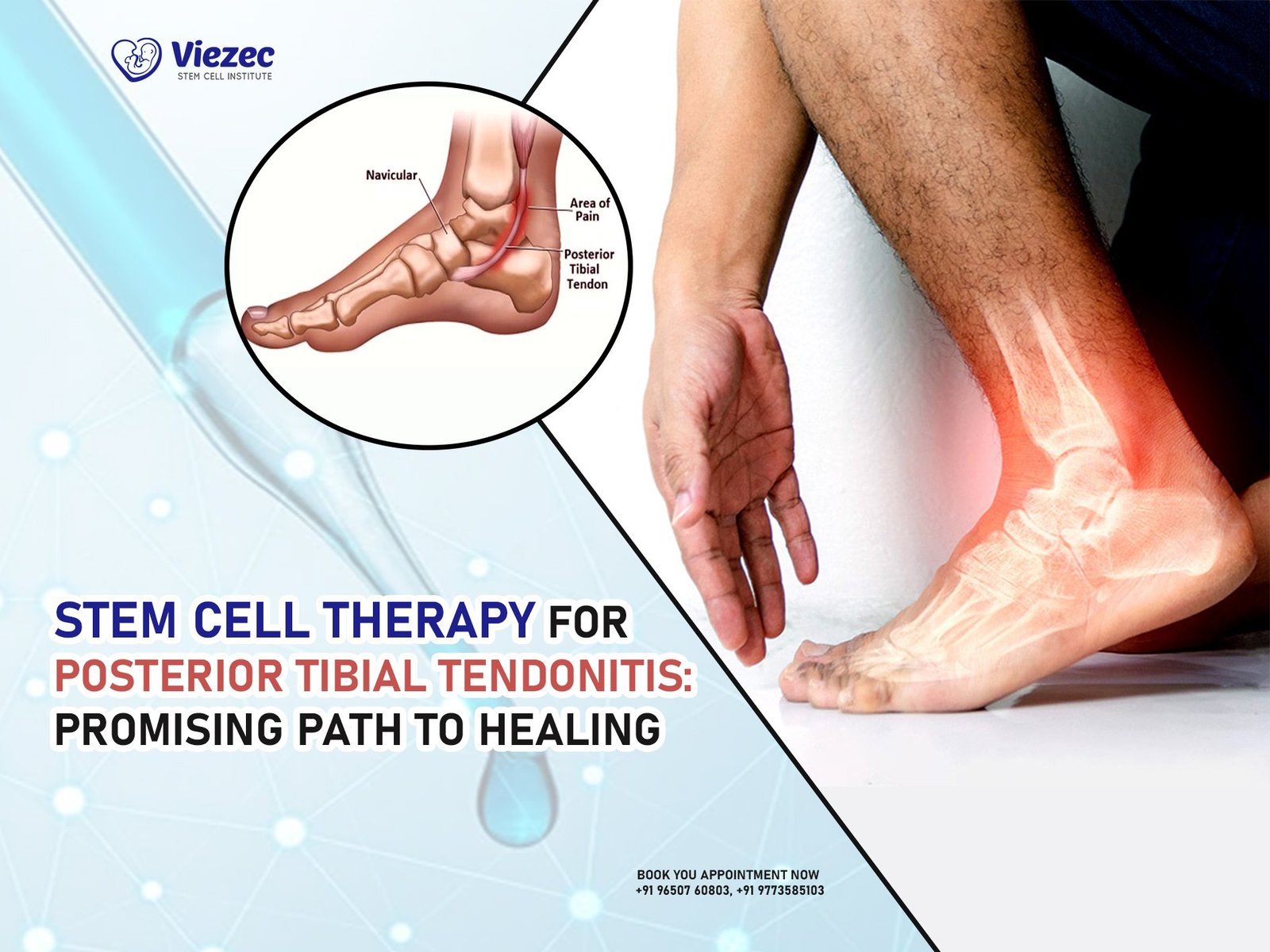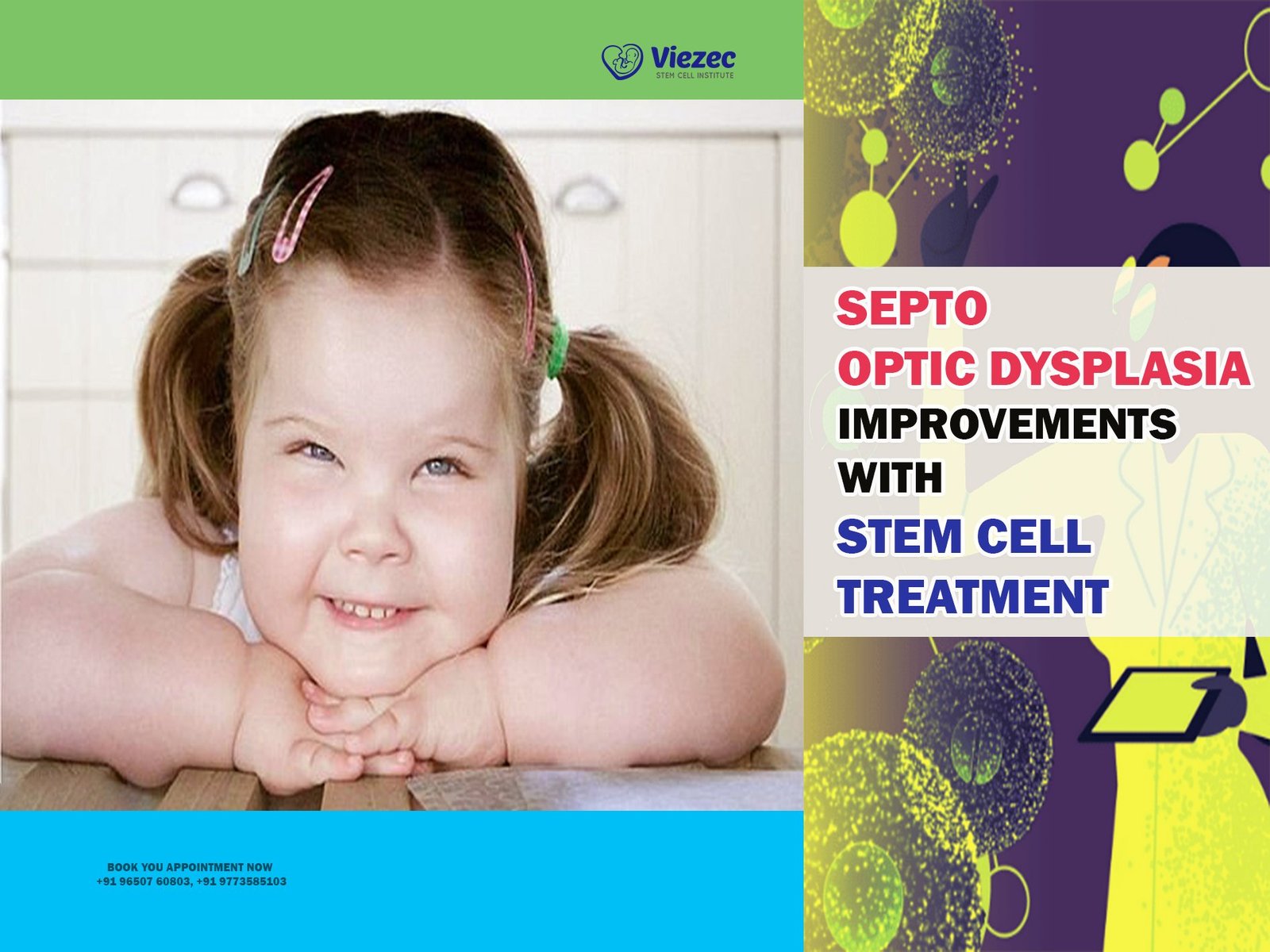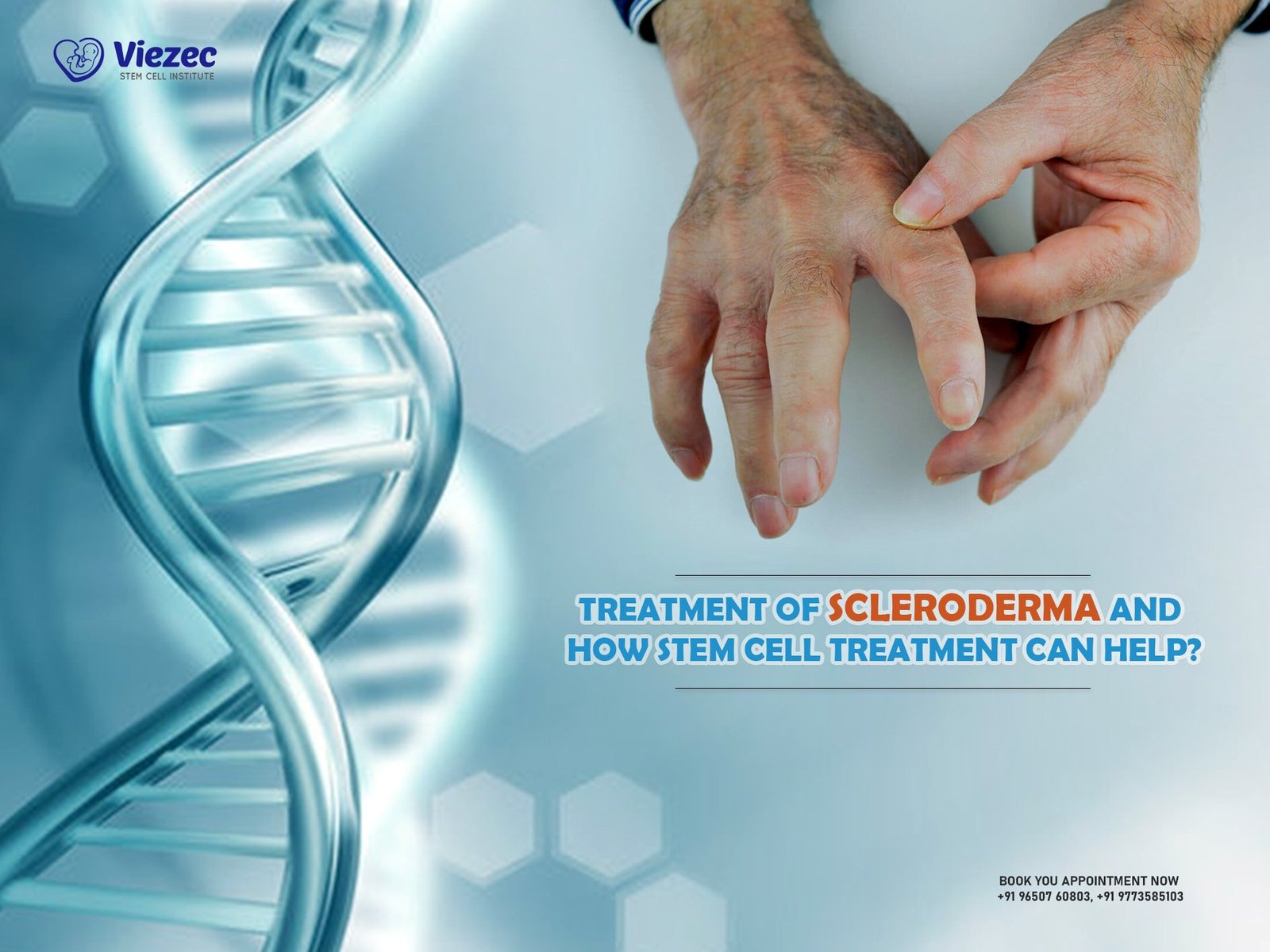Stem cell therapy represents a cutting-edge approach in regenerative medicine, offering promising avenues for treating various medical conditions. Stem cells, characterized by their ability to differentiate into different cell types, hold immense potential for repairing damaged tissues and organs. Understanding the nuances of identifying candidates for stem cell therapy is paramount to ensuring both efficacy and safety in clinical practice.
Definition and Types of Stem Cells
Stem cells are undifferentiated cells with the remarkable capacity to develop into specialized cell types. They are categorized into several types, including embryonic stem cells, induced pluripotent stem cells (iPSCs), and adult stem cells. Each type possesses distinct properties and applications in regenerative medicine.
Embryonic stem cells are derived from early-stage embryos and have the broadest differentiating potential. iPSCs are generated from adult cells, reprogrammed to exhibit pluripotency similar to embryonic stem cells. Adult stem cells, found in various tissues like bone marrow and adipose tissue, play crucial roles in tissue homeostasis and repair.
Overview of Stem Cell Therapy Applications
Stem cell therapy holds promise for treating a wide array of medical conditions, including neurological disorders, orthopedic injuries, cardiovascular diseases, autoimmune disorders, and more. The therapy’s versatility lies in its ability to regenerate damaged tissues, modulate immune responses, and promote tissue repair mechanisms.
Importance of Identifying Suitable Candidates
Identifying suitable candidates for stem cell therapy is essential for maximizing treatment efficacy while minimizing risks and complications. A thorough evaluation process ensures that patients receive personalized treatment plans tailored to their specific medical needs and overall health status.
Maximizing Efficacy and Safety
Selecting appropriate candidates ensures that the administered stem cells have the best chance of engrafting, proliferating, and exerting therapeutic effects. Matching the type of stem cells with the target tissue or organ optimizes treatment outcomes while reducing the risk of adverse reactions or treatment failure.
Minimizing Risks and Complications
Screening candidates rigorously helps mitigate potential risks associated with stem cell therapy, such as immune rejection, tumor formation, or unintended differentiation. By identifying individuals with suitable medical profiles and minimizing contraindications, healthcare providers can enhance patient safety and treatment success rates.
Patient Evaluation and Selection Criteria
The process of evaluating potential candidates for stem cell therapy involves comprehensive medical assessments to determine suitability and eligibility.
Medical History Assessment
A thorough review of the patient’s medical history is crucial for identifying any pre-existing conditions, previous treatments, or underlying factors that may influence treatment outcomes. Conditions such as chronic diseases, prior surgeries, and medication regimens must be carefully considered.
Physical Examination
A physical examination helps assess the patient’s current health status, identifying any physical limitations, functional impairments, or signs of disease progression. Evaluating factors such as mobility, range of motion, and neurological function provides valuable insights into the patient’s overall health and treatment suitability.
Diagnostic Testing
Diagnostic tests, including imaging studies, laboratory analyses, and functional assessments, play a vital role in evaluating candidate eligibility. These tests help identify specific tissue damage, disease severity, and physiological abnormalities, guiding treatment decisions and optimizing therapeutic outcomes.
Disease-Specific Considerations
Different medical conditions may require tailored approaches to patient selection and treatment planning to ensure optimal outcomes.
Neurological Disorders
Neurological conditions such as spinal cord injuries, stroke, and neurodegenerative diseases present unique challenges and considerations for stem cell therapy. Candidate selection may focus on factors such as disease stage, neurological deficits, and potential for functional recovery.
Orthopedic Conditions
Stem cell therapy holds promise for treating orthopedic injuries and degenerative joint diseases by promoting tissue regeneration and cartilage repair. Patient selection may involve assessing factors such as joint stability, structural integrity, and the presence of inflammation or osteoarthritis.
Cardiovascular Diseases
In cardiovascular medicine, stem cell therapy offers opportunities for myocardial regeneration and vascular repair in conditions like ischemic heart disease and heart failure. Evaluating cardiac function, ischemic burden, and vascular integrity helps identify candidates who may benefit from targeted interventions.
Autoimmune Disorders
Autoimmune disorders, characterized by dysregulated immune responses, may benefit from stem cell-based immunomodulatory therapies. Patient selection involves assessing disease activity, treatment responsiveness, and potential risks associated with immune system modulation.
Age and General Health Considerations
Age and overall health status play significant roles in determining candidate eligibility and treatment suitability.
Pediatric Candidates
Pediatric patients may require specialized considerations due to their developing physiology, unique disease manifestations, and potential long-term implications of treatment. Assessing growth potential, neurological development, and familial factors helps tailor treatment strategies to meet pediatric patients’ specific needs.
Geriatric Candidates
Geriatric patients present distinct challenges due to age-related comorbidities, physiological changes, and diminished regenerative capacities. Evaluating functional status, cognitive function, and frailty indices helps identify geriatric candidates who may benefit from stem cell therapy while minimizing risks.
Overall Health Assessment
Assessing overall health status, including nutritional status, immune function, and comorbidity burden, is essential for determining treatment feasibility and optimizing outcomes across all age groups. Addressing underlying health concerns and optimizing patient wellness before treatment initiation is paramount.
Psychological Evaluation
In addition to physical health considerations, psychological factors play a crucial role in patient selection and treatment outcomes.
Managing Patient Expectations
Effective communication and patient education are essential for managing expectations and ensuring realistic treatment goals. Open discussions about potential outcomes, risks, and limitations help establish trust and foster informed decision-making among candidates.
Assessing Mental Health Status
Evaluating candidates’ mental health status helps identify potential psychological barriers, coping mechanisms, and support needs that may impact treatment adherence and response. Addressing underlying psychiatric conditions and providing psychological support can enhance overall treatment outcomes and patient well-being.
Informed Consent Process
Obtaining informed consent is a fundamental ethical principle in medical practice, particularly in the context of innovative therapies like stem cell therapy.
Explanation of Risks and Benefits
During the informed consent process, healthcare providers must thoroughly explain the potential risks, benefits, and uncertainties associated with stem cell therapy. Providing detailed information empowers patients to make informed decisions and actively participate in their care.
Discussion of Alternative Treatments
Discussing alternative treatment options allows patients to weigh the pros and cons of different approaches and make informed choices based on their preferences and values. Exploring conventional therapies, experimental interventions, and supportive care options promotes shared decision-making and patient-centered care.
Legal and Ethical Considerations
Adhering to legal and ethical guidelines is essential when offering stem cell therapy to patients, particularly in the context of regulatory oversight, patient rights, and professional accountability. Ensuring transparency, accountability, and compliance with relevant regulations protects both patients and healthcare providers.
Pre-Treatment Preparation
Preparing candidates for stem cell therapy involves proactive measures to optimize treatment outcomes and minimize potential complications.
Patient Education and Counseling
Educating patients about pre-treatment requirements, post-treatment expectations, and self-care strategies enhances treatment compliance and fosters patient empowerment. Providing comprehensive information enables patients to actively participate in their treatment journey and make informed decisions.
Optimizing Patient Health
Addressing modifiable risk factors, optimizing nutritional status, and promoting healthy lifestyle behaviors can enhance patient readiness for stem cell therapy and support recovery processes. Collaborative efforts between healthcare providers and patients facilitate holistic approaches to wellness and treatment success.
Addressing Pre-Existing Conditions
Managing pre-existing medical conditions, such as diabetes, hypertension, or autoimmune disorders, is essential for minimizing treatment-related complications and optimizing patient safety. Coordinating care with multidisciplinary teams ensures comprehensive management of comorbidities and enhances treatment outcomes.
Conclusion and Follow-Up Protocol
Ensuring appropriate follow-up care is integral to monitoring treatment outcomes, addressing potential complications, and optimizing long-term patient outcomes.
Post-Treatment Monitoring
Implementing regular post-treatment assessments, including clinical evaluations, imaging studies, and functional tests, facilitates ongoing monitoring of treatment efficacy and safety. Tracking patient progress enables timely interventions and adjustments to treatment plans as needed.
Long-Term Follow-Up Care
Long-term follow-up care is essential for assessing treatment durability, monitoring disease progression, and addressing late-onset complications or adverse events. Establishing structured follow-up protocols ensures continuity of care and promotes optimal patient outcomes over time.
Reporting and Documentation Requirements
Maintaining accurate and comprehensive medical records, including treatment protocols, patient assessments, and outcome data, is essential for quality assurance, research purposes, and regulatory compliance. Adhering to reporting and documentation requirements facilitates transparency, accountability, and knowledge dissemination within the medical community.
Identifying suitable candidates for stem cell therapy requires a multidimensional approach that considers medical history, physical health, psychological factors, and ethical considerations. By adhering to established guidelines and best practices, healthcare providers can optimize treatment outcomes, minimize risks, and enhance patient safety and satisfaction in stem cell therapy.









